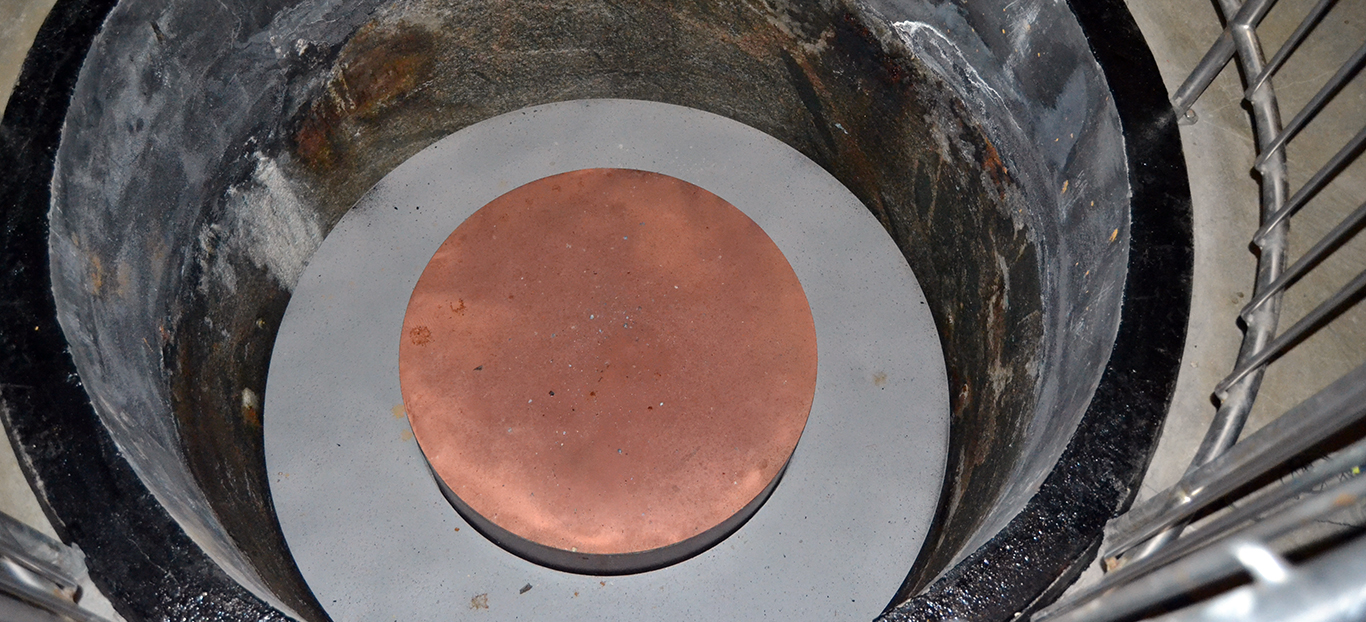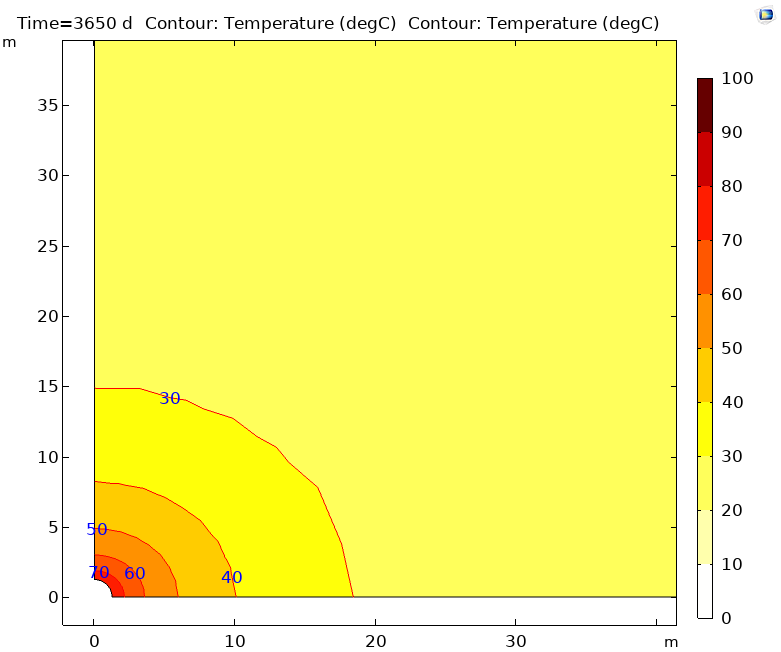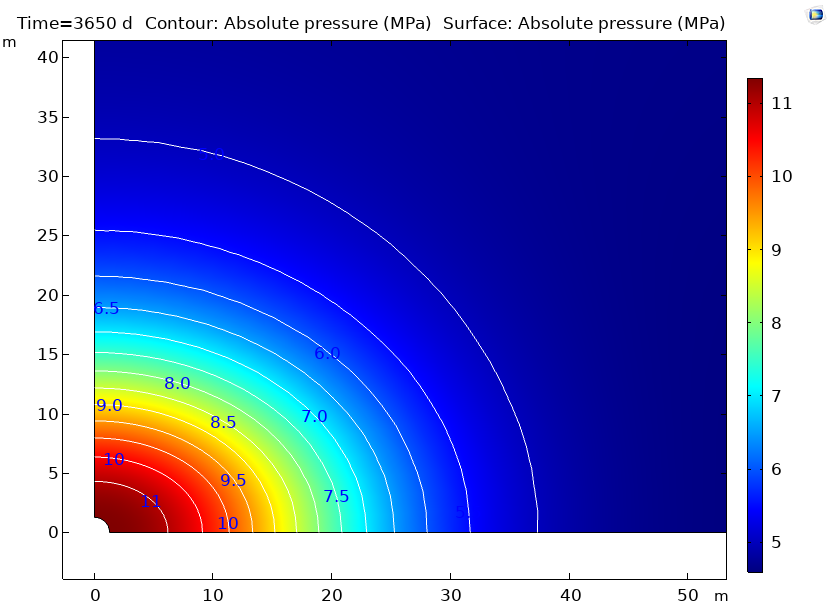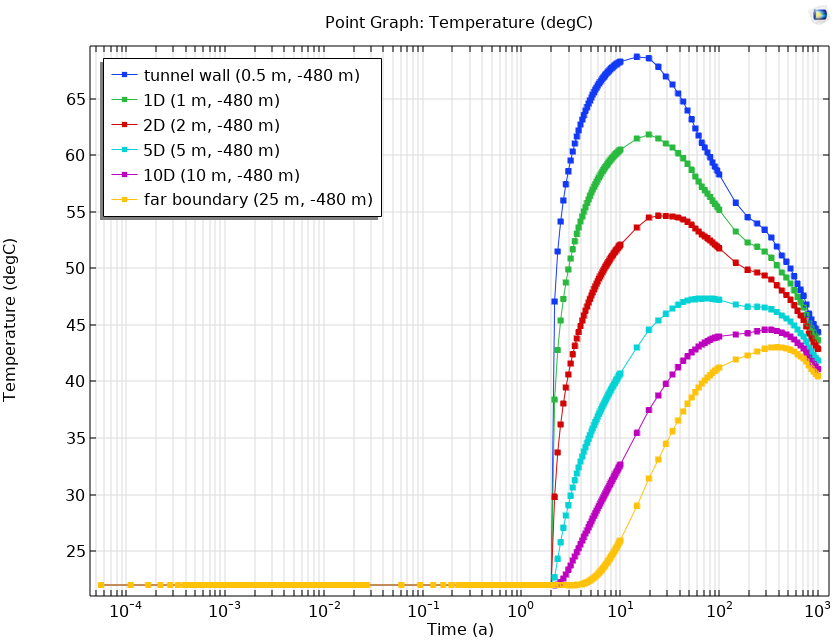LEI involvement in EURAD HITEC benchmarks

Scientists of Lithuanian Energy Institute have been actively collaborating with colleagues from other European technical support organisations, research organisations, and waste management organisations in research activities within the framework of European Joint Programme on Radioactive Waste Management (EURAD). EURAD has been implemented as a part of the EU Research and Innovation Programme Horizon 2020. One of the work packages of this Programme, WP7 HITEC, is devoted to the analysis of temperature influence on clay-based material behaviour.
Clay-based materials are internationally foreseen as a host rock and/or buffer material surrounding a disposal canister in geological disposal facilities (GDF) for highly radioactive waste. Heat load from high-level radioactive waste packages will result in elevated temperatures around the disposal tunnel. Differences in thermal expansion between rock and water will induce the redistribution of stresses. The assessment of the thermo-hydromechanical (THM) regime is necessary to understand consequences of elevated temperature on the properties of natural and engineered clay barriers as well as on their long-term performance, and, subsequently, on GDF safety.
Within this work package, LEI performs model development and numerical analysis via participation in selected benchmarks. One of the benchmarks is focussed on the near-field effects of excavation and heating around the disposal tunnel. Another benchmark is defined to investigate the far-field effect of the thermal loading. For the overall analysis of the THM response of the clay host rock system to the heat load, the COMSOL Multiphysics (Burlington, MA, USA) software is used by LEI. The model outcomes were compared among teams from Andra (France), UPC (Spain), University of Liege (Belgium), EDF (France), BGE (Germany) and showed a good agreement. The models developed by LEI together with the results from laboratory experiments on different clay rocks will be further used the modelling and interpretation of the THM response of in-situ experiment ALC1605.
Asta Narkuniene
LEI
Asta.Narkuniene@lei.lt


